I didn’t realize until my late 20’s exactly how much of the Phoneix area was influenced by the man we know as Pauline Weaver. Born Powell Weaver, to a white father and Cherokee mother in White County Tennessee, he would eventually change his name to the more familiar to Spanish speakers Paulino, when he lived in Taos New Mexico. This, in time, became Pauline.
Early Days and Career
One can consider Weaver (1800-1867) an original mountain man. Among other occupations, he enjoyed trapper, explorer, Army scout, and prospector. He was employed by the Hudson Bay Trading Company in Canada and worked the Rocky Mountains extensively in his younger days. It was during this time he made Taos, NM his personal base camp for traping and explorations into the American wilderness and Western Territories.
In 1831 Weaver made a trip from Taos to California traveling through Arizona, for the first time.
Looking back through history some things seem extremely divine and it would appear that the makings of the man coupled with the openness of the Arizona Territory at this point in time were one such appointed set of circumstances.
What better man to explore the depths of recesses of the Arizona Territory than this Spanish speaking seasoned trapper of Native American descent? It was no wonder Weaver never got scalped. Quite the contrary, Pauline Weaver was credited with enjoying and maintaining extremely hospital relations with all of the tribes in the Arizona Territory and was relied upon by the U.S. military to do so for most of his professional career.

It is believed that the first American to lay eyes on the Superstition Mountains was Pauline Weaver himself. Of course the Spanish were through here at great length, as well as the Mexicans, but as for the Americans, the credit goes to Weaver. Although once baring a different name Weaver’s Needle protrudes from the center of this infamous mountain range and according to popular legend, marks the entrance of the Lost Dutchman’s gold mine. Although I have some thoughts on that. Once named “Sombrero Peak” or “Picacho Sombrero” it was renamed when Pauline Weaver’s initials were found etched into a boulder at the base of it. This peak is also unofficially known even and still today as the “Finger of God”.
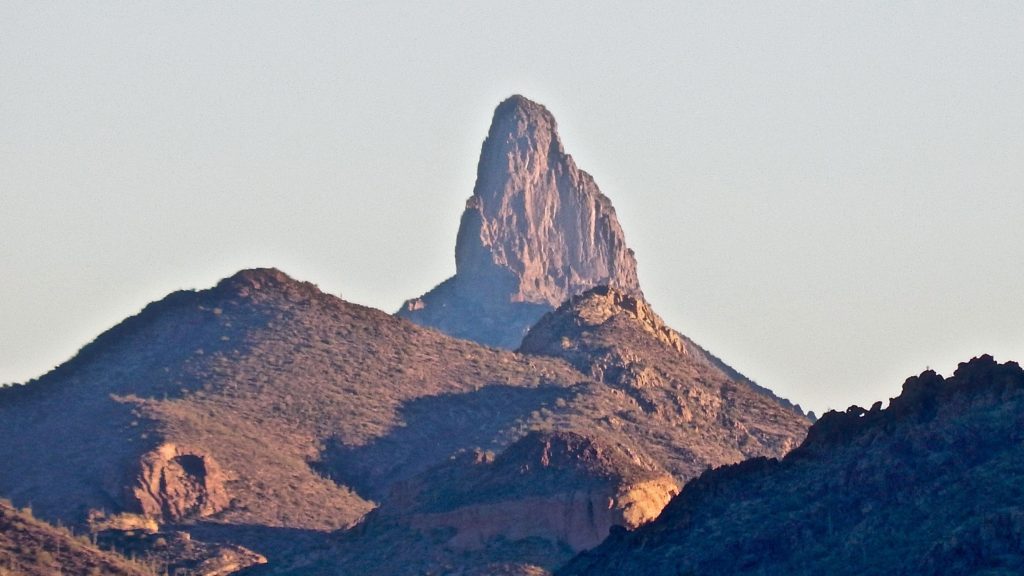
Although this is semi-popular history, the fact is debated as Weaver “made his mark” or signed his name with an “X” until the day he died. No one ever saw him sign his name. His name was also found signed into the adobe at Casa Grande, which is debated as well. It would seem a strange prank to play, especially in that day.
In August 1832, Weaver was baptized into the Catholic faith, and the following month married Maria Dolores Martin in Taos, NM. She gave him a son and two daughters. He later went on to marry a Native American woman in Arizona.
Records tell us that Weaver took a break from explorations and settled at a ranch near Banning, California in 1845, and lived there for more than ten years, but such a life was never meant for men of Weaver’s mettle. In 1846, General Stephen Kearney recruited Weaver to scout for the Mormon Battalion, and from here, he would continue serving the military off-and-on for the next 20 years as a scout and intermediary between the Army and Indian tribes.
Civil War Days
During the Civil War, Weaver was the Chief of Scouts for the federal forces that engaged a Confederate unit on April 15th, 1862 at the Battle of Picacho Pass in Arizona. As a historical side note and a morsel of trivia any Arizonan loves to share, the Battle of Picacho Pass was the westernmost battle ever fought during the Civil War. The engagement occurred 50 miles northwest of Tuscon at a place known as Picacho Peak.

It was here a Union Calvery patrol from California and a party of Confederate Pickets from Tuscon engaged in the short but memorable battle. In the interest of historical transparency, it has been reported and some records hold that Pauline Weaver was not the scout on this particular excursion and was never engaged in this battle but rather a man by the name of John W. Jones of Tuscon, AZ. That’s history for you.
Chasing Gold
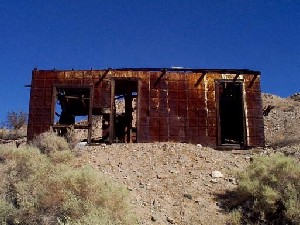
Weaver not only enjoyed more friendly relations with the Native peoples of Arizona but one would imagine friendships. It was through one of these friendships that Weaver came upon the location of gold deposits east of the Colorado River and northeast of Blythe, AZ. This discovery led to a gold rush and the establishment of La Paz, Arizona. However, like most gold town booms, La Paz is now a ghost town.
A year later Weaver led the Peeples party on a prospecting expedition through the upper Hassayampa River to what is now the Weaver Mountains. Here they found placer gold at Rich Hill. Jack Swilling (founder of Phoenix, AZ) also played a large part in the development of this area and himself was quite involved with the Rich Hill gold mine.
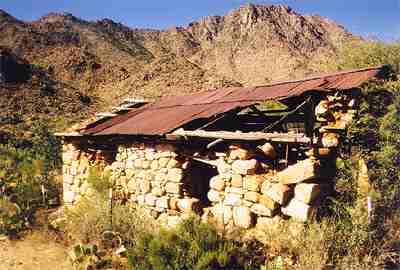
Swilling too was a soldier during the Apache Wars and did quite a bit of fighting in this area as well as explorations up the Hassayampa River. If you’re wondering why it took this long to mount an expedition up into this part of Arizona, you guessed it, the Apaches, and Yavapai to a certain degree as well. The resulting town from this find was Yarnell, which today, is becoming known as an artist community. The mining district this area falls into was named in Weaver’s honor and is still known today as the Weaver District.
Later Life
It was Weaver’s easy nature with Native people and his ability to smooth over differences and disputes that the U.S. military found so valuable. and valuable it was. This became his primary function for many years, however, despite this relationship, Weaver was ambushed in an Indian attack in the 1860’s. He had been taken by surprise and very seriously wounded, so much so that he thought he was going to die. He went into a “death song” a custom he’d adopted from the Plains Indians. The superstitious Indians unaware of this custom and believed him to be crazy left him alone. When he realized he wasn’t going to die he got up and walked back to camp. It was said that the Indians who shot him felt bad about the events later and always asked how “Powlino” was doing? As a side note, a similar tactic worked to save the life of Elisha Marcus Reavis in the Superstition Mountains.
While assigned to Camp Lincoln, (now Camp Verde) in 1866 Weaver made his camp detached from the primary military camp. He had chosen his camp along a riparian stretch of the Verde River among the Cottonwoods, reeds, and cattails. and was sleeping on the ground. It was during this time he contracted malaria. Against advisement, he refused to go to Fort Whipple for treatment. Pauline Weaver was found deceased June 21st, 1867 and was buried at the Camp Verde army post with full military honors. When the military closed the Camp Verde post, Weaver’s remains were moved to San Francisco, CA. in 1929, the Arizona Boy Scouts and school children raised money to have his body returned to Arizona where he was buried a third and final time on the grounds of the Arizona territorial capital in Prescott, AZ.
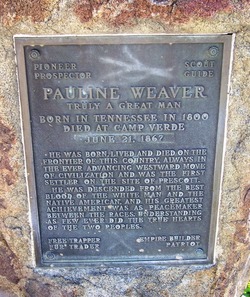
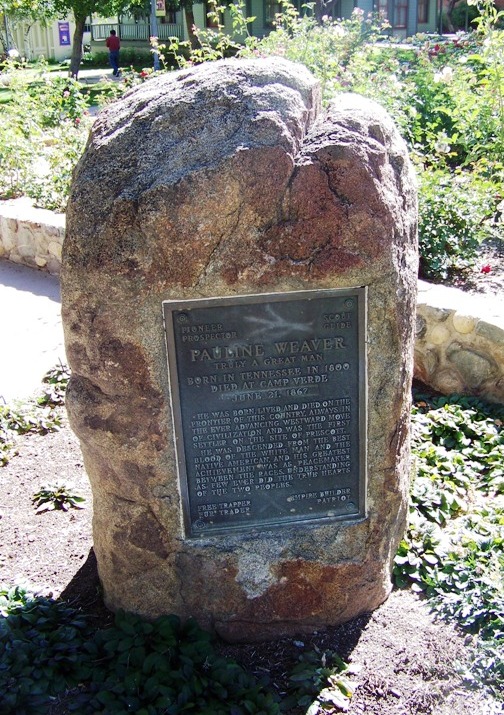
Places and landmarks named in Pauline Weaver’s honor include:
- Weavers Needle in the Superstition Mountains
- Weaver Creek in Yavapai County
- Weaver Mountian in Yavapai County
- Weaver Mountains in Yavapai County, west of Yarnell
- Weaver Peak In Yavapai County
- Weaver Pass in La Paz County
- Weaver Wash in La Paz County
- Weaver, Arizona, a ghost town located in Yavapai County
- Weaver Crossing, Colorado River
Musings of the Masonic West and Masonic Connections?
Aside from his professional career, very little is known about Pauline Weaver.
His life and exploits sync up with that of many men in the early Arizona territory who had ties to either Freemasonry or the institutions held by them. It is no secret that the American Geographical Society was founded by Freemasons and no doubt, early scouts and cartographers operating within this institution were actually operating in the interests of powerful organizations back east, whether they knew it or not.
The question begs asking, was Weaver professional career intertwined with these interests? Did his adventures in the military shine a spotlight upon him and garner attention from the upper ranks of institutions looking to exploit the riches of the Arizona territory and lay claim to its resources before others would arrive?
Keep in mind, that at this point in time Occultist, and father of Arizona, Charles Poston was engaged in explorations along the southern Arizona border and would eventually convince President Lincoln to grant Arizona a territory. Founder of the American Geographical Society, Clarence Dutton was mapping out the Colorado Plateau and no doubt chasing down stories of lost civilizations in the Grand Canyon region. And perhaps the highest ranking Freemason in the Territory at the time Lord Darrell Duppa was birthing the town of Phoenix and Tempe. When viewed from this angle, one can look upon the mid-1800’s in Arizona as a period of Masonic conquest.
A cursory search of these men will make point of their official historical contributions, but none of them mention their esoteric roots or affiliations with secret societies. And certainly, any clandestine work being done on behalf of the societies is only recorded in the halls and records of said societies. The masses get only the sanitized textbook version. Still, if one scratches just below the surface, the information is there.
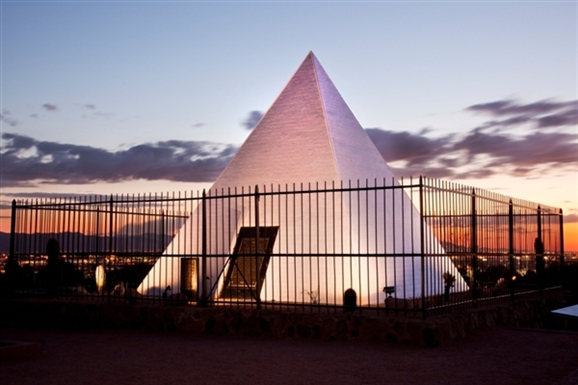
It wouldn’t be too many years after these men made their mark that more refined men of means entered the territory and solidified a Masonic presence which exists to this day. Men such as Gov. Hunt, Arizona’s first territorial and state Governor, and Barry Goldwater, no introduction needed. Although the Masons are responsible for much development and infrastructure their crowning achievement would be SRP, or the Salt River Project. 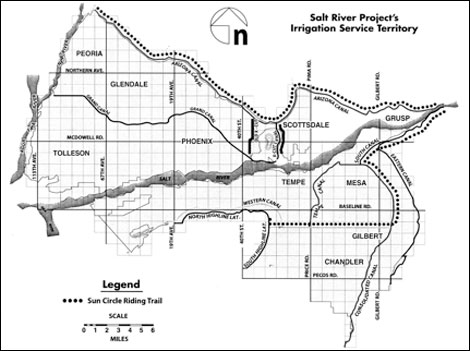 Today this canal system delivers approximately 780,000-acre-feet of water to residents of the Salt River valley, but in the early days, it was the only game in town. One need only control the flow of water in order to control desert regions. And the Freemasons have this one sewn up.
Today this canal system delivers approximately 780,000-acre-feet of water to residents of the Salt River valley, but in the early days, it was the only game in town. One need only control the flow of water in order to control desert regions. And the Freemasons have this one sewn up.
 Although no proof can be had as to my suspicion that Pauline Weaver was a Freemason or in the very least acting in the interests of the Masonic order, his exploits, actions, and character speak volumes. And before the reader thinks me attempting to draw correlations where there are none, note that the majority of famous western characters were in fact Freemasons. Including Pat Garret, Buffalo Bill Cody, Davy Crockett, Jim Bowie, Billy the Kid, Sam Houston, and, well most of them.
Although no proof can be had as to my suspicion that Pauline Weaver was a Freemason or in the very least acting in the interests of the Masonic order, his exploits, actions, and character speak volumes. And before the reader thinks me attempting to draw correlations where there are none, note that the majority of famous western characters were in fact Freemasons. Including Pat Garret, Buffalo Bill Cody, Davy Crockett, Jim Bowie, Billy the Kid, Sam Houston, and, well most of them.
Once again allow me to state that not all actions performed by the Freemasons are evil or even negative for that matter, quite the contrary. In fact, many of the men involved with the organization are extremely decent and capable men. It is the end goal and secrecy intrinsic within the Freemasons that makes it dangerous and contrary to free and open government. And therein lies my concern, and rub.

I’m convinced at this point in my research that certain secret societies have long been well aware of the ancient history of the Americas. Both its past civilizations which once occupied the region as well as the resources they procured from it. This may seem fanciful to those acquainted with only conventional education. However, when one realizes that the Freemasons are a highly organized order whose records and historical knowledge date back hundreds if not thousands of years, and the fact that they are comprised of a pool of capable men with financial means, it becomes clear that the Freemasons are the ideal platform from which to launch explorations, map out resources, and implement mechanisms of control.
There can be no doubt that men within the order were well aware of the Egyptian and or Phoenician influence in the American Southwest as well as the Greco-Roman and most definitely the Chinese. If this information is new to you and comes as a shock I urge you to research Zheng He’s Star Fleet. You will quickly discover that there are volumes is not libraries of history which simple goes untaught.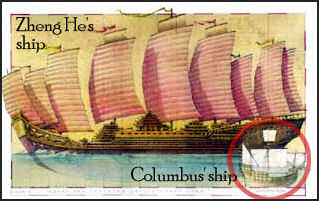
Was Pauline Weaver a tiny cog along this parallel avenue of history? We cannot know for certain. But that is the purpose of the Phoenix Enigma. To point out the unsanctioned history and connect the dots.




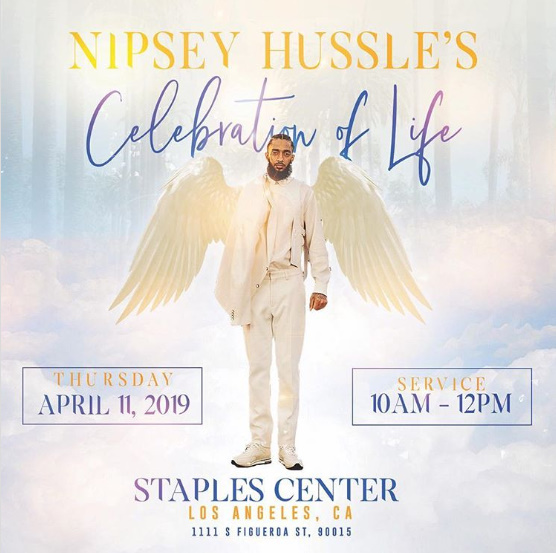

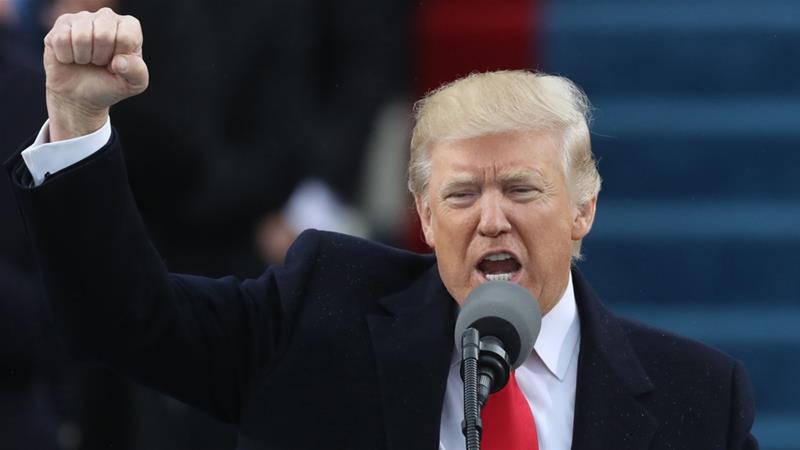
Hey from a 66 year old Native Arizonan to another. Here is a spellcheck for you. Add the b to Hospital here in your Weaver article.
“extremely hospital relations with all of the tribes in the Arizona Territory” I would love to come watch you speak sometime. I am plowing through your youtubes and websites too. I saw you on Paranormal. In your Burro Creek experience at night. The same thing sort of happened to me. I discovered it was about 40 Buzzards or Vultures roosting in a large dead tree beside the creek. Rather than leaves the tree had buzzards. Very spooky.